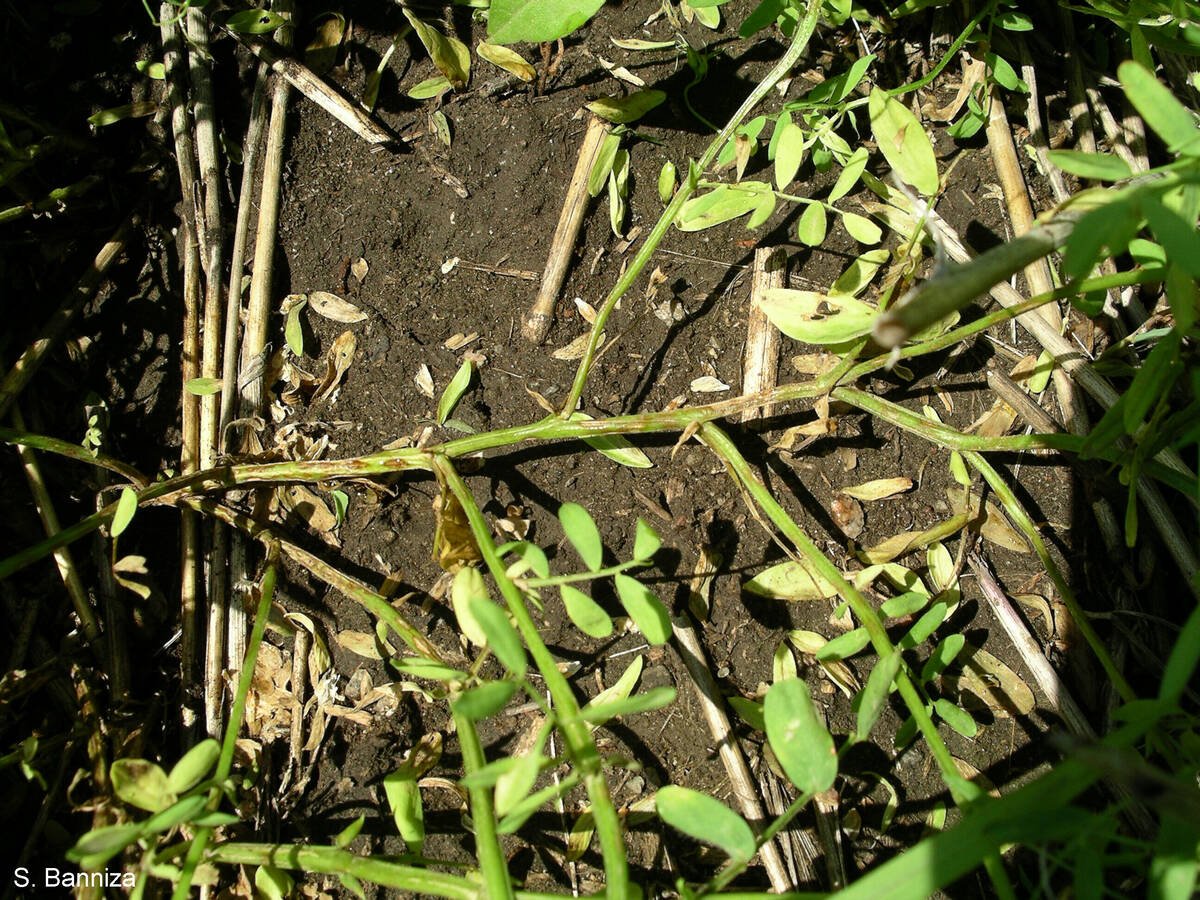If the weather co-operates, 1999 might be the year new technology breaks the cycle of stagnant canola yields.
If farmers prove willing and able to pay for new, higher-yielding, herbicide-tolerant varieties and high-yield hybrids, they may boost yields, said Phil Thomas, Alberta Agriculture oilseed specialist.
But sound management is also part of the solution.
For most of the 1990s, yield gains in canola have been slight.
“We’re still seeing in the range of 23 to 24 bushels per acre even though we’re seeing massive changes in the technology at the farm level,” he said.
Read Also

Anthracnose resistant lentils within reach
The risk that anthracnose poses to lentils continues to be high priority for the pulse sector.
“If we have reasonably good growing conditions across Western Canada with an increased acreage, we have potential for the first time to see a jump up in the yield.”
This year western Canadian farmers might seed up to 16 million acres of canola, say analysts, compared to 13.2 million acres last year. Usually when canola acres increase average yields decrease, said Thomas. That’s because farmers plant canola into land not suited for the crop and because farmers who don’t typically seed canola give it a try.
But this year those factors might be offset by more farmers paying the higher prices associated with better-yielding hybrid and herbicide-resistant canolas. Better education on early seeding and timely weed removal, as well as fewer acres of Polish canola, are other reasons for encouragement, said Thomas.
There are more than 170 canola varieties to choose from this year.
Herbicide-tolerant varieties in general are selling well and Thomas expects 75 percent of canola acres will be planted to them compared to 50 percent last year.
Hybrid varieties made up about 10 percent of Alberta canola acreage last year, said Ed Gaudet, director of the Alberta Canola Producers Commission.
That could increase to 15 percent of prairie acreage this year, said John Mayko, western prairie regional manager for the Canola Council of Canada.
Trevor Szott, a farmer from Daysland, Alta., paid more than $5 per pound for seed he hopes will improve his canola yields that typically range from 30 to 40 bushels per acre.
“I did research and looked for the highest yielding variety,” said Szott, who decided to go with AgrEvo’s InVigor 2273, new to the market this year.
The hybrid, which sold out by the end of December, yielded up to 35 percent higher than check varieties when used with the Liberty chemical it’s resistant to, said Steve Meister of AgrEvo.
Because InVigor 2273 is a hybrid, it costs farmers more than twice the amount of some conventional varieties. That price is unlikely to fall, said Meister.
“The cost of producing hybrid seed is such that you wouldn’t continue to produce that seed if you could only extract $4 per pound from the market.”
Although 2273 is sold out, there are stocks of 2153 still available but they are moving fast, Meister said.
Zeneca Seeds’ Hyola 401, a less expensive and popular hybrid with farmers, is also sold out.
“I think given the responses we’re seeing with the hybrid systems, eventually we’re going to see the majority of our varieties used in Western Canada by growers will be hybrids,” said Thomas.
Mayko credits more choice in hybrid varieties and evidence of high yields as reasons more farmers are buying them.
However, not all producers want to pay the extra seed cost when they’re faced with a tight bottom line, said Gaudet, who plans to devote a quarter of his own land to them this year. He thinks hybrids show potential, but knows some farmers will never take the risk.
“That’s a significant jump when you go up $2 a pound to $5. When you look to risk management, the hail storm doesn’t recognize hybrids.”
Thomas cautioned that farmers must follow through on sound management practices to reap significant benefits from hybrids.
“We’ve had too many producers who look at these varieties like magic bullets that are going to give them 40 bushels per acre.”
Szott plans to sow his InVigor seed on a clean field with plenty of fertilizer to encourage high yields. He hopes this, combined with hopes for co-operative weather, will give him an extra five- to-10 bushels an acre.
“I’m banking on putting greater than normal fertilizer in, hoping for more rain than last year and hoping for above-average yields.”
















